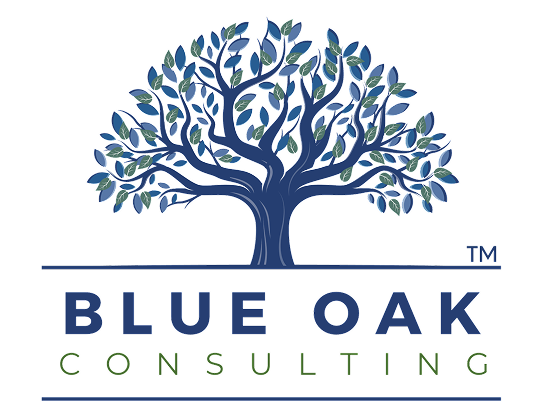Practical forecasting strategies for small manufacturers who can’t afford financial surprises.
Cash flow is the lifeline of any business—but for small manufacturers, it’s everything. When you’re tight on cash, even one delayed payment or unexpected expense can throw off production, stress payroll, and stall growth.
In this environment, effective cash flow forecasting isn’t just smart—it’s survival.
This guide breaks down how to understand, forecast, and optimize your cash flow so you can plan with confidence, manage working capital more effectively, and keep your operations on solid financial footing.
Why Small Manufacturers Feel the Cash Crunch First
- Upfront costs for materials, labor, and equipment hit hard before any revenue comes in
- Long payment terms from customers strain your ability to reinvest in production
- Inventory swings and seasonality leave cash flow unpredictable
- Capital purchases (like new machinery) can drain reserves if not timed right
Sound familiar? The good news: you can plan your way out of it.
Step 1: Get a Handle on the Cash Flow Dynamics
Before you can forecast or fix anything, understand your inflows and outflows:
- Cash in: Mostly customer payments (often delayed 30+ days)
- Cash out: Raw materials, payroll, rent, maintenance, debt service
- Timing gap: You often spend long before you get paid
Aligning your cash flow to your production and sales cycles is the first big unlock.
Step 2: Build a Forecast That Actually Works
A simple spreadsheet is better than no plan. But here’s how to make it smart:
- List all cash inflows: customer payments, loans, grants, tax refunds
- List all outflows: fixed costs (rent, payroll), variable costs (materials, shipping), and irregular costs (equipment repairs)
- Estimate timing: Don’t just list amounts—assign due dates
- Run scenarios: What happens if you get paid late? Or a big order comes in?
Upgrade to forecasting software if you can—it helps you spot issues earlier and make faster decisions.
Step 3: Use These Tactics to Keep More Cash in Hand
✔ Tighten Receivables
- Send invoices promptly
- Offer early payment discounts
- Follow up consistently on late payers
✔ Negotiate with Suppliers
- Ask for longer payment terms or payment plans
- Consolidate orders to reduce shipping and handling charge
✔ Control Inventory Costs
- Use Just-In-Time (JIT) or demand-driven ordering when possible
- Avoid tying up too much cash in slow-moving stock
✔ Access Financing When Needed
- A line of credit, invoice financing, or short-term loan can help bridge gaps
- Use financing strategically—not as a band-aid
✔ Cut Waste
- Review expenses quarterly
- Apply lean principles to reduce overhead
Your 12-Month Action Plan for Financial Visibility
Monthly:
- Review last month’s cash flow vs. forecast
- Update forecasts based on new info
- Follow up on receivables and review inventory levels
Quarterly:
- Reevaluate supplier and customer payment terms
- Explore financing options proactively
- Review fixed and variable costs for potential savings
- Adjust for seasonal shifts in demand
Annually:
- Conduct a strategic planning session focused on cash flow goals
- Invest in financial tools (if you haven’t yet)
- Build a contingency plan for economic shifts
- Share forecasts with lenders and stakeholders to build trust
Why Forecasting Gives You Breathing Room
You don’t need perfect predictions. But you do need visibility.
Small manufacturers who forecast consistently and align their cash with production cycles make smarter decisions, move faster when opportunity knocks, and stay one step ahead of financial risk.
So the next time a cash crunch looms, ask yourself:
Do we have a cash flow issue—or a planning issue?
Learn more at blueoakconsulting.net





